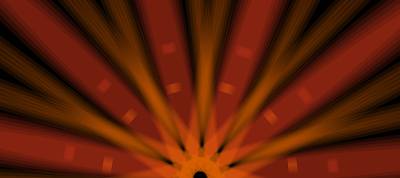With this new assignment I’d like to turn a new leaf. I don't think the work I’ve done so far is terrible and it's not exactly that I need to put more effort into the assignments, but I know I can do a lot better.
The trick will be to focus.
For the blog that means lots of medium blog posts that show every step of development and inspiration. Each must have an image and illustrate one thought. To signify this new beginning I’ve changed the look of the blog to a simpler design.
For the work itself, this is will be the beginning of a process of constantly checking if my work follows the grading sheet. Finally I plan to focus on fewer things – but doing them better.
























